Like digital influencers, cars play a significant role in everyday life. Most, if not all, cars owe their DNA to a select breed of genre-defining cars. Compiling a list of fifteen of the best, most influential vehicles is more complex than you think.
Naturally, fast cars feature heavily in any gearhead’s vision of the best or most influential cars. These speed machines are the dream of every would-be owner. Ferraris, Porsche, and the king of supercars, Lamborghini, could fill every slot in our countdown.
But there are other significant cars. The first car to use a gasoline engine or the first mass-produced car shaped and transformed how cars were designed and manufactured. Important technological advances such as AWD and forced induction are commonplace in vehicles of all types and sizes.
In short, the cars we drive daily owe much to the creative genius of bygone eras; past masters are more than just classics; they shaped and influenced the car industry from day one.
Lamborghini Miura
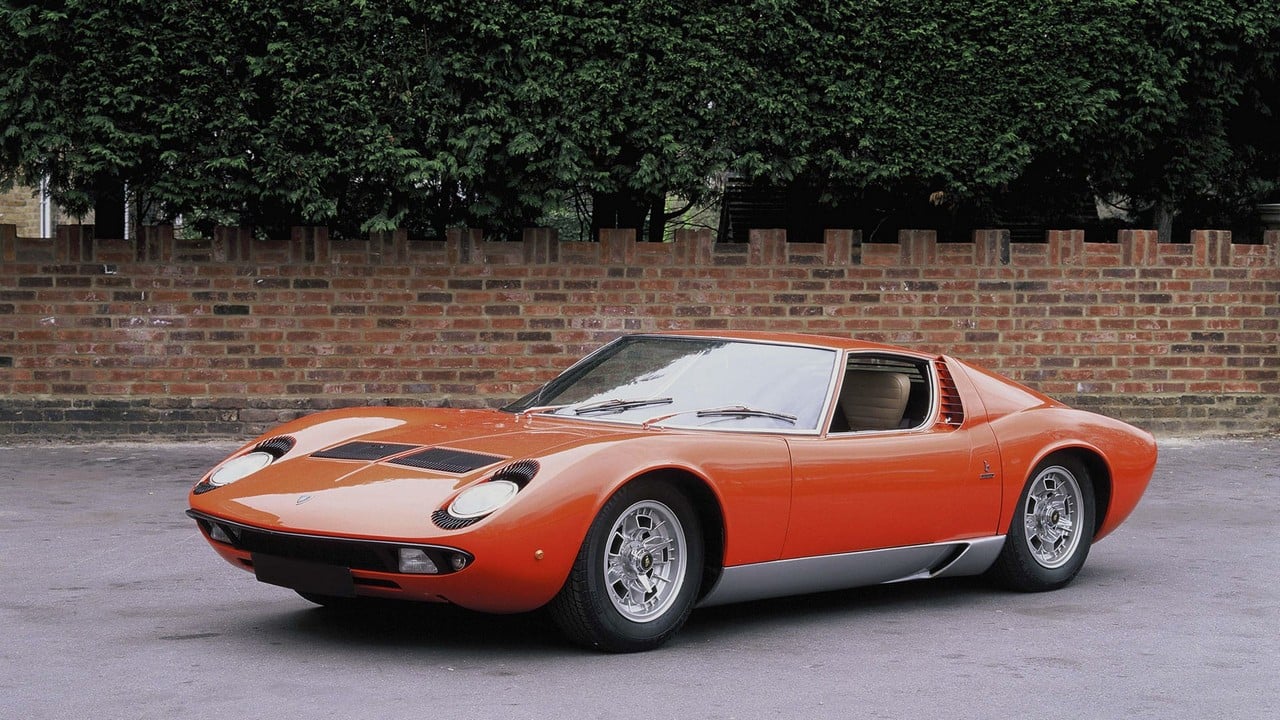
With fantastic styling even now, the Miura remains a favorite among gearheads worldwide. Despite what gearheads believe, this wasn’t the first mid-engine Italian sports car that award goes to the ATS 2500GT.
Where the raging bull draws crowds is in its low-slung wing-like body and impossibly low doors. Lamborghini partnered with Gandini to create one of the most iconic supercars ever, setting the tone for all supercars since. Gorgeous looks aside, the transverse 3.9 liter V12 tugs at the heartstrings with a vocal soundtrack that’s hard to ignore. V12 engines have been a staple of Lamborghini cars ever since.
BMC Mini
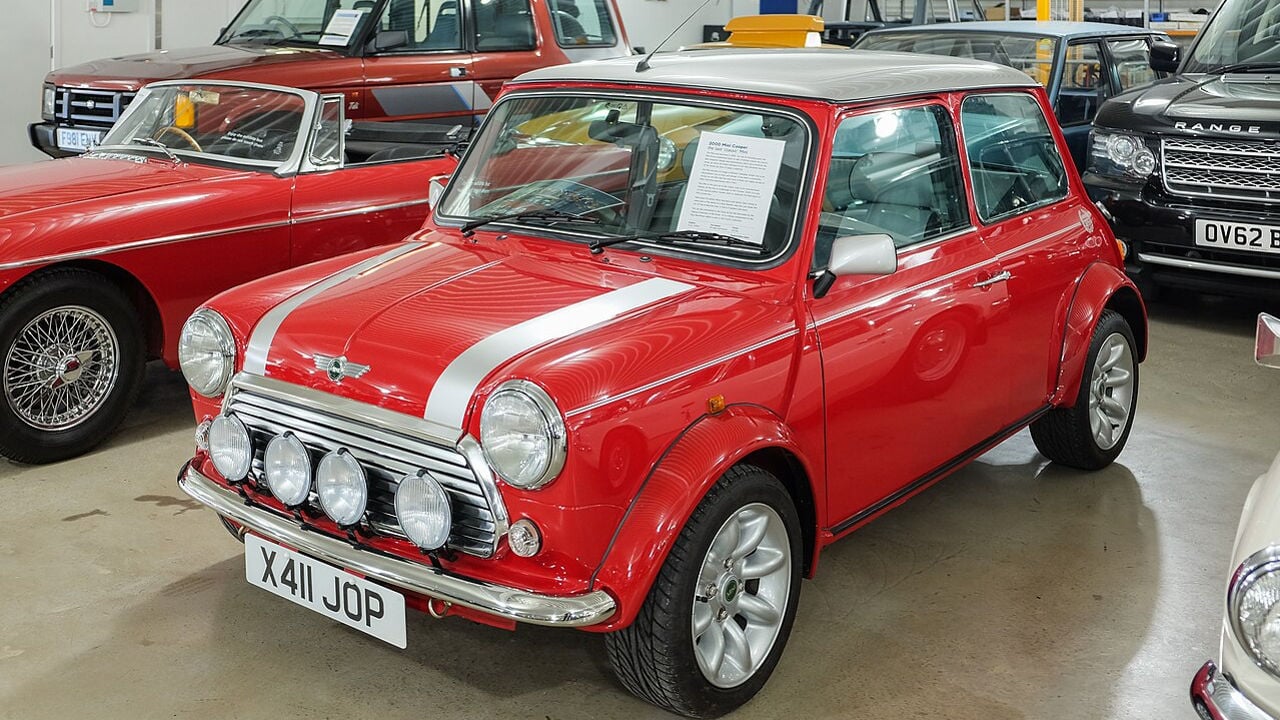
From one style icon to another, the BMC Mini created and transformed how we think about small, affordable cars. It might have been a budget city car, but everyone from heads of state to VIPs owned one.
The secret to its success was the essential no-frills fun. Smaller on the outside than inside, or so it felt, the Mini could seat four adults and still have room for luggage. To achieve this, BMC used a monocoque body and front engine layout. Over time, larger engines replaced the original 850 cc unit, transforming the Mini into a capable Rally Car.
Volkswagen Beetle
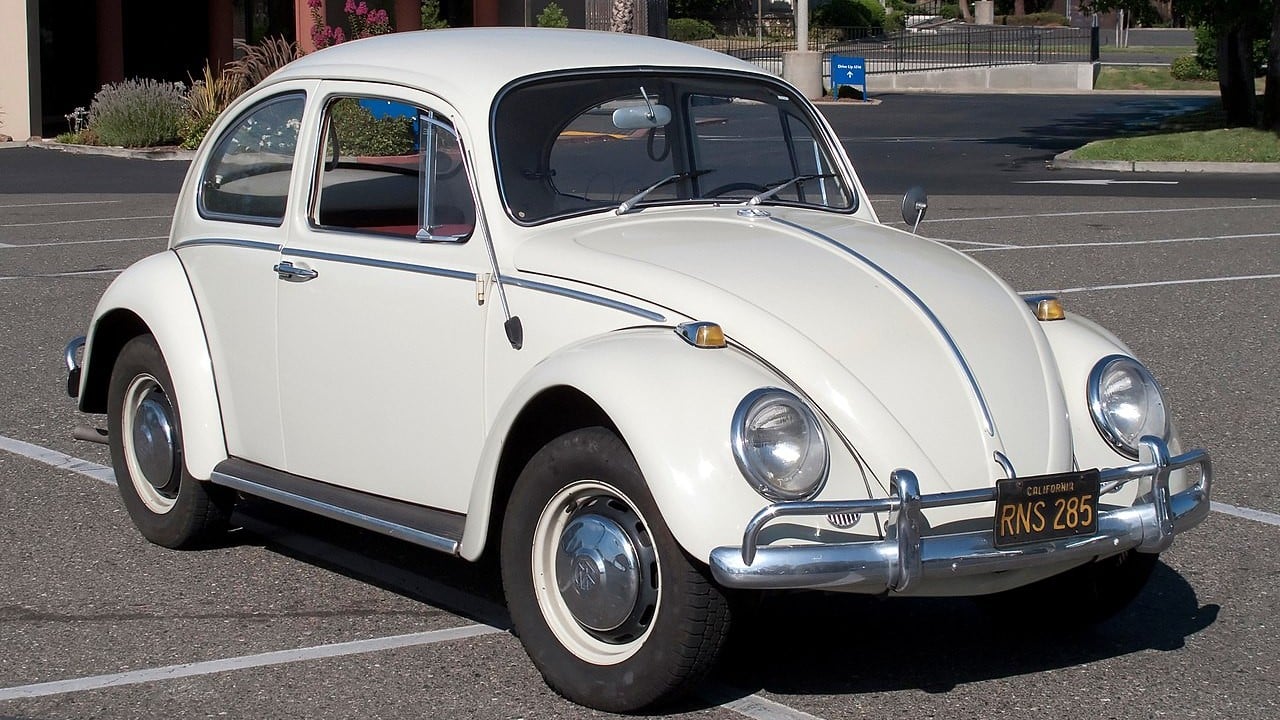
The original people’s car, VW’s Beetle, sold a staggering 21.5 million vehicles over its 65-year lifespan. That’s not bad for a car design before the onset of WWII. The Bugs’ design shows old age; the interiors are sparse, with basic seats and dashboards.
It’s a similar story beneath the skin. Slung out back, a four-cylinder boxer-style engine is a self-contained unit using air cooling for simplicity. The Beetles engine only requires removing four bolts to be freed from the chassis. Beetles today, especially older cars, are highly sought after.
Land Rover 110 / Defender

It’s no secret that the Land Rover owed much to the Jeep concept. Both appeared in the 1940s and evolved to become status symbols. The Queen owned a Defender and countless other VIPs, including Steve McQueen and Clark Gable.
You have to drive one to understand why the Defender was so influential. It’s a go-anywhere vehicle low on frills but highly agile, able to cross any terrain. Interior trims are sparse at best, functional, and rugged, hinting at the Defender’s Military and agricultural pedigree. Despite all this, the Defender never looks out of place when parking outside any establishment.
Rolls-Royce Silver Ghost
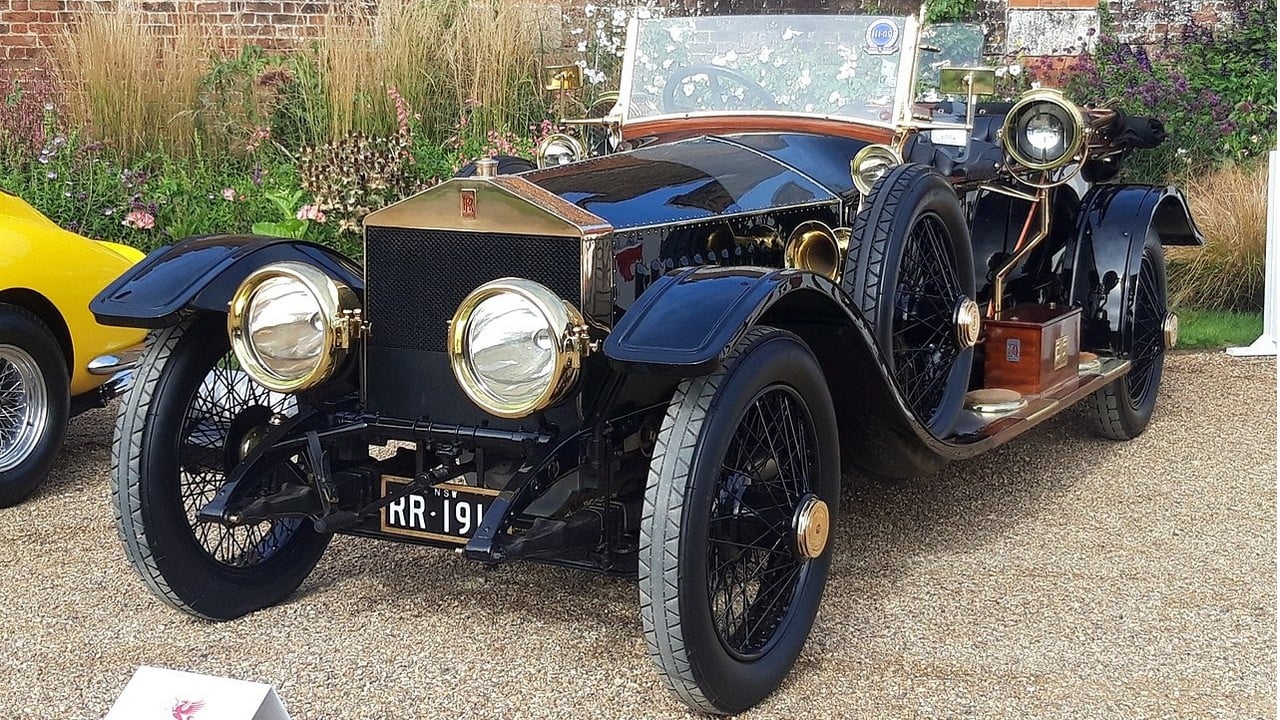
Luxury cars began with the Rolls-Royce Silver Ghost, unveiled in 1960. The Silver Ghost set the standard for quality and made Rolls-Royce a world-famous brand. But where did the name come from? Founders Henry Royce and Charles Rolls lent their names to the brand, but the Silver Ghost name came from the press.
Originally known as the Rolls-Royce 40/50, production lasted until 1926, totaling 7874 cars before its successor, the Phantom, arrived. Depending on the year of manufacture, engine specs varied between 7.4 and 7 liters.
Willys Jeep MB
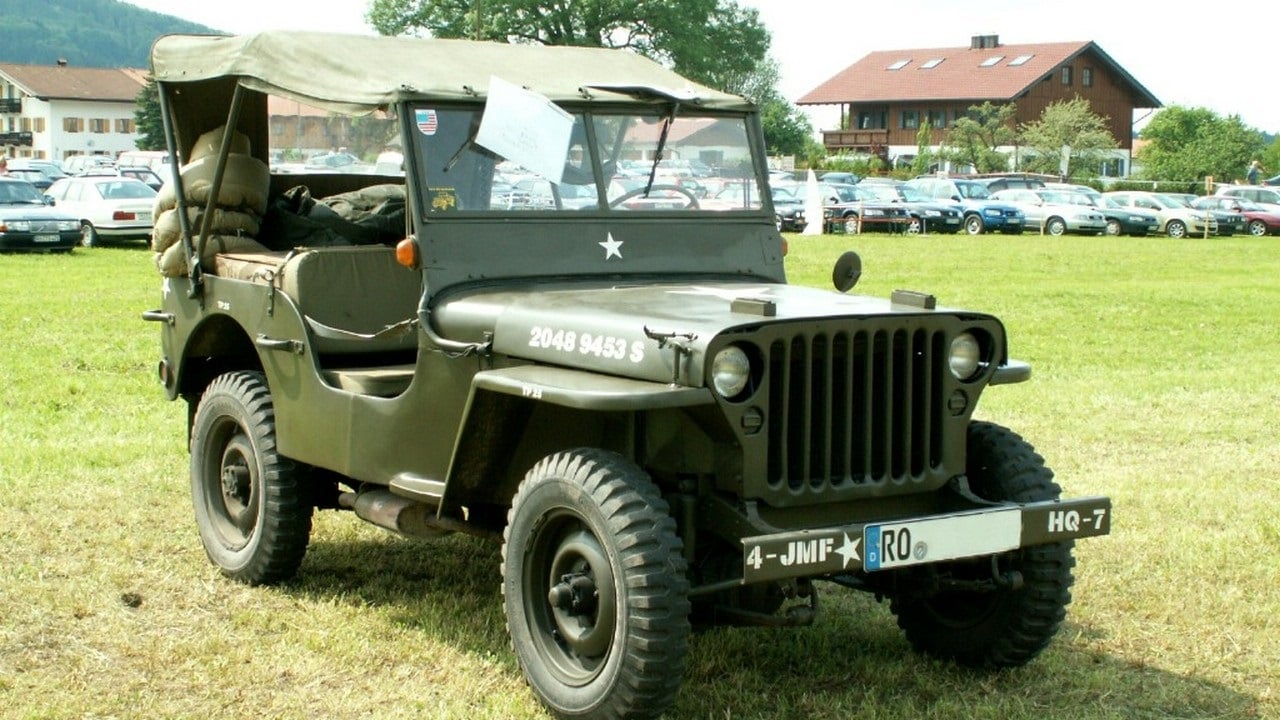
A wartime icon that found fame in peacetime, Willy’s Jeep is cited as the vehicle that won the war. Similar to the Defender but more uncomplicated, the Jeep’s design was rugged and easily maintained. Paired back as it is, the Jeep development period was incredibly short, lasting 49 days.
Every gearhead knows the Willys Jeep, but Willys Overland wasn’t the only one to produce it. Due to high demand, the US Government shared production with Ford, ramping production to over 650,00 cars by the end of 1945. All Jeeps produced in this period used Willys L134 ‘Go Devil’ inline-four engines.
Ford Mustang
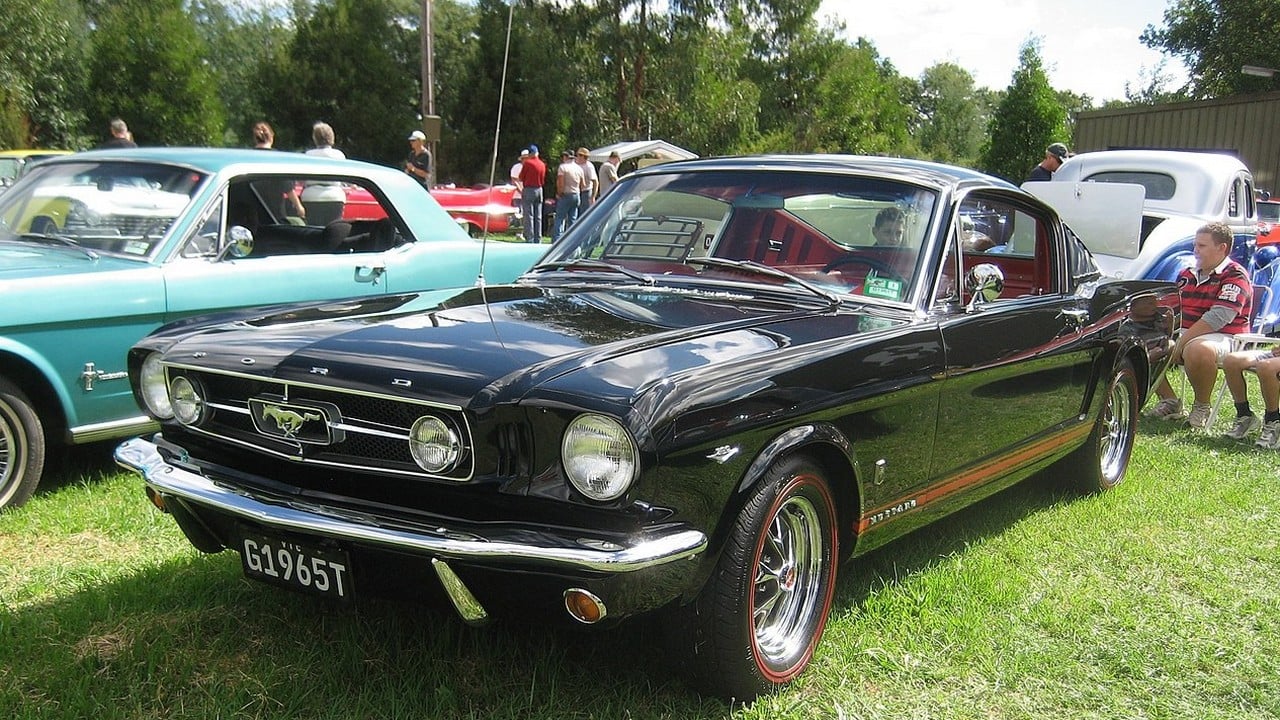
Our first Ford, the Mustang, is as American as the Stars and Stripes. Ford’s design team played a trump card, offering everyday workers an affordable performance car. Not content with the fastest-selling car, Ford rolled out an options list long before other car makers had even thought of the idea.
In concept, the Mustang was a two-seater, evolving into a four-seater for production. Early production cars, dubbed 1964½, came in convertible or coupe form, with the iconic fastback arriving later that year. From its debut, the Mustang was a hit, selling 500,000 cars in 1965 alone.
Jaguar E-Type
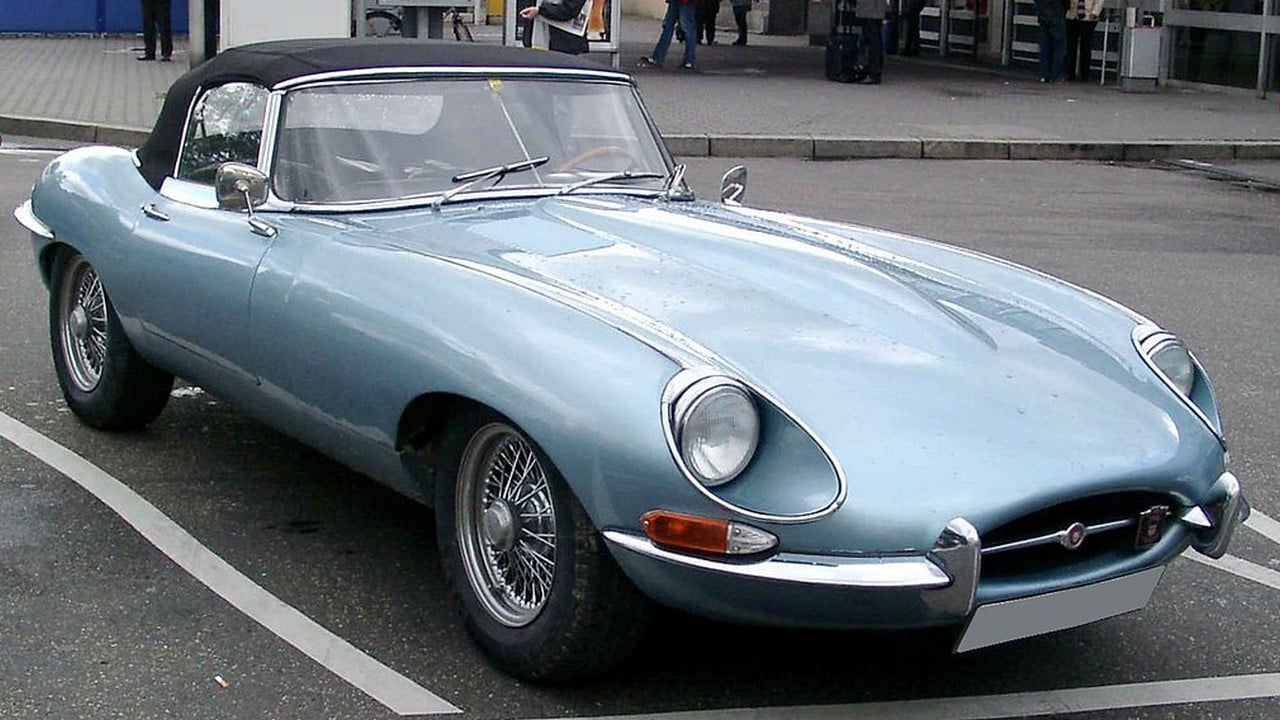
Jaguar’s greatest gift to gearheads, the E-Type, was a sensational piece of design and engineering. At its debut, it caused a sensation not just for its stunning looks but also for its incredible value for money. Launched in 1961, the E-type promised a top speed of 150 mph for $5670. Whether the E-type could reach these speeds is debatable.
Bold claims aside, the Jaguar was a smash hit. Buyers on both sides of the Atlantic clamored to get behind the wheel, forcing Jaguar to increase production. Over the next thirteen years, revised bodywork and engines diluted the original clean lines. In Series III guise, the XK straight-six was replaced by a V12.
Ford Model-T
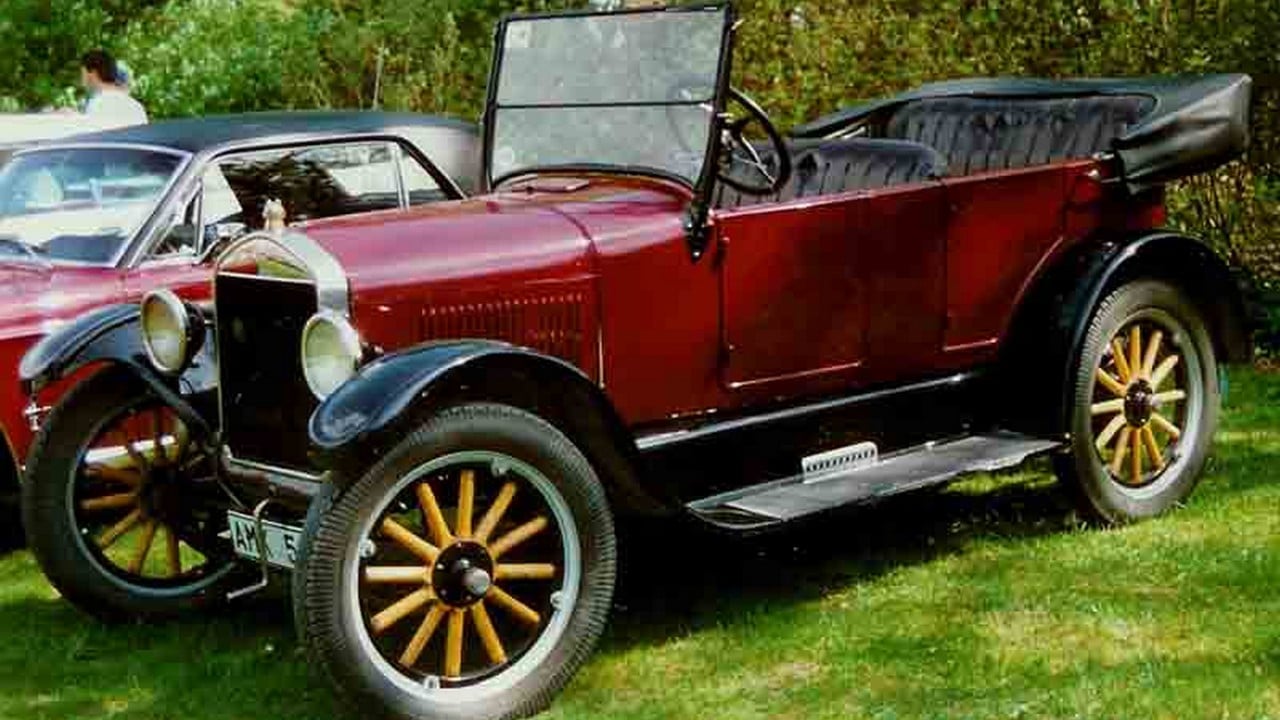
Every modern car, bar none, owes a little of its history to the Ford Model T. Not through engineering or design, but through the assembly process. Ford’s gift to the automotive world was the assembly line. Production line workers focused on one area before moving on to the next chassis. Every mass-produced car is made this way today.
However, the process yielded other benefits. Faster production meant reduced costs; Ford could offer the Model T for $260 by 1925, a staggering sixty percent drop. Naturally, reduced costs came with some compromises. Not exceptionally well-specced, Model Ts shipped with 2.9-liter four-cylinder engines and a 2-speed transmission.
Audi Quattro
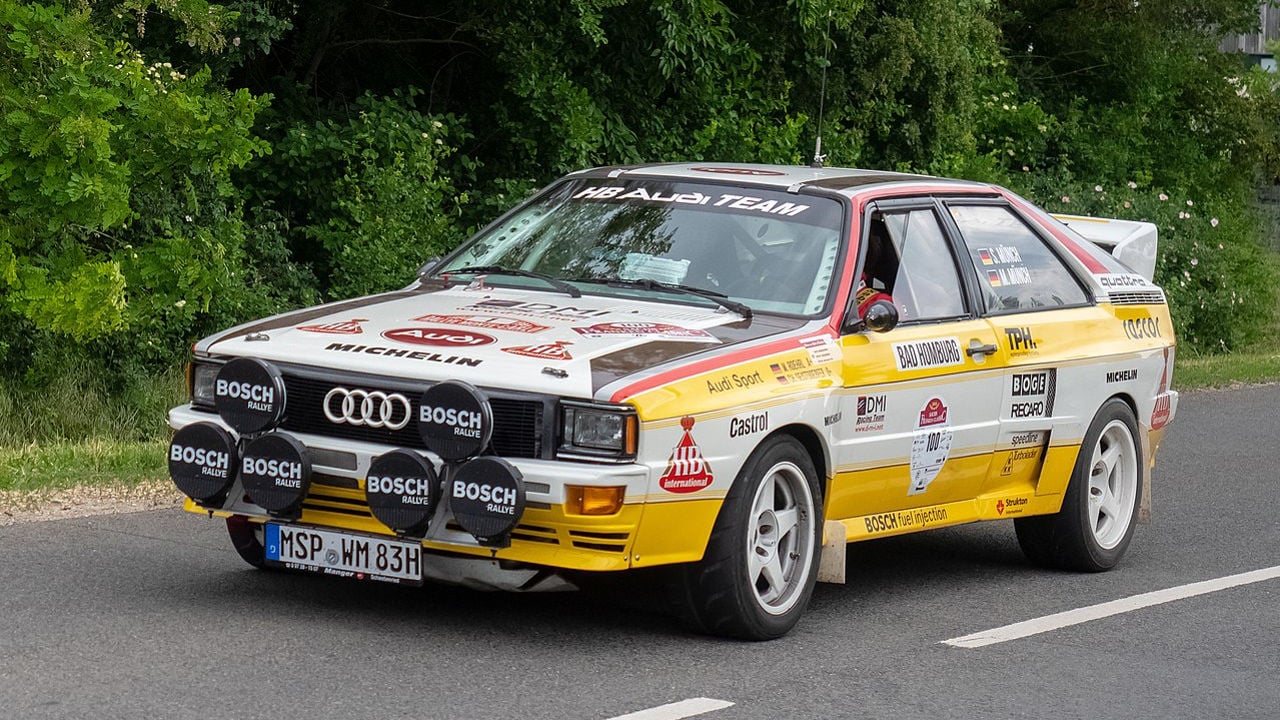
All-wheel drive has been around longer than you might think. Turning the clock back to 1900, we have the Lohner-Porsche, one of Ferdinand Porsche’s earliest cars. It would be a long time before mass-produced cars enjoyed AWD.
Audi recognized the benefits of all-wheel drive, adopting and fettling the technology under the Quattro name. Dozens of WRC wins and thousands of road cars later, the Quattro name is commonplace. The Audi Quattro defined how AWD would shape the car industry. Now, every carmaker has at least one AWD vehicle.
Porsche 911
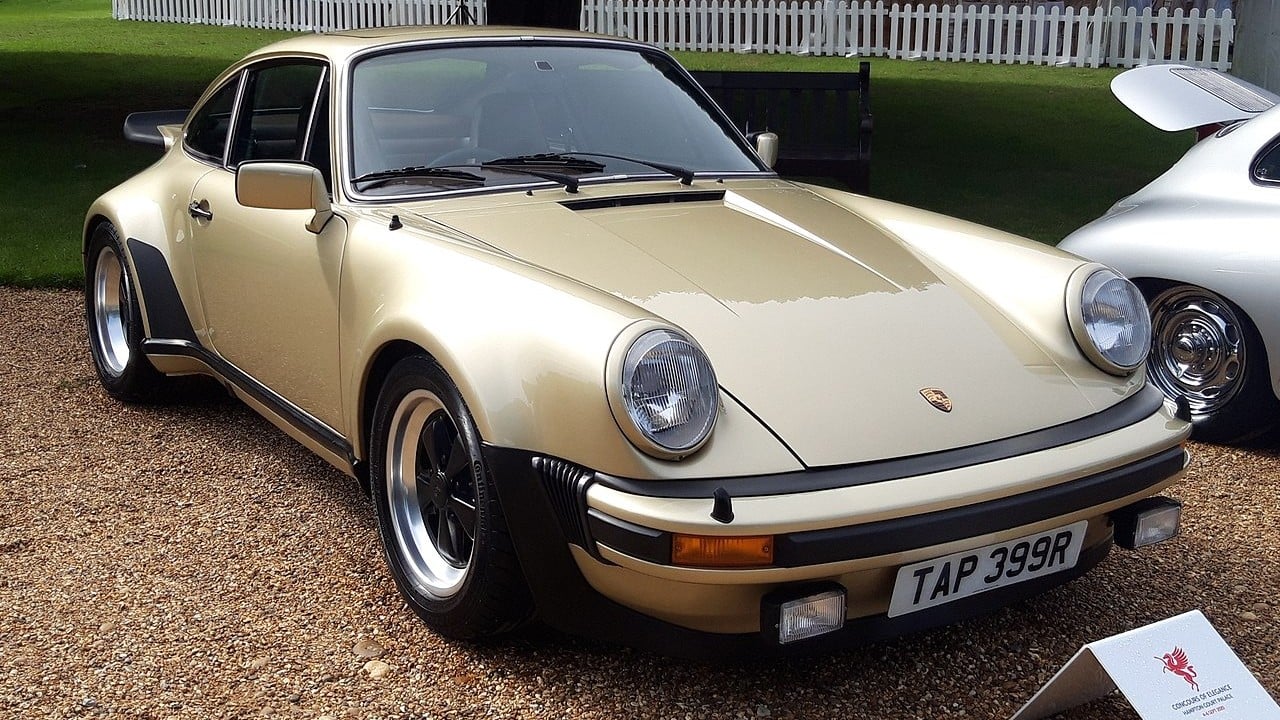
Categorizing the Porsche 911 is tricky. Early cars were lightweight sports cars known for their agility. However, by 1974, Porsche introduced turbocharging because it needed more power without adding weight. It wasn’t without its issues; the 930 Turbo suffered from lag and wayward handling.
Those issues are long gone; Porsche has tamed the rear-engined balance issues and massively increased performance. The 911 is now a fully-fledged supercar that can easily be used daily. Try saying that of its rivals.
Ford F-150
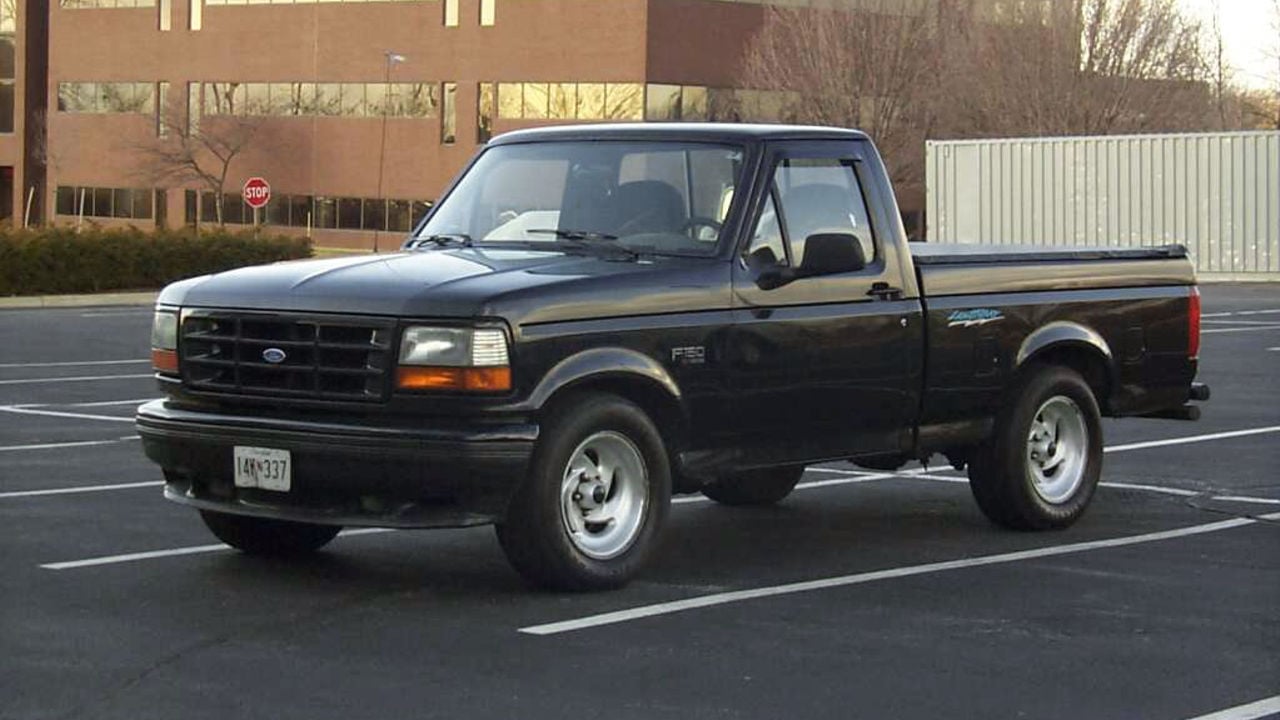
The Mustang mentioned elsewhere is sublime but isn’t Ford’s best-selling vehicle. Surprisingly, it’s the F-150 that keeps Ford’s bank account brimmed. Produced at the Ford Dearborn site, a new Ford F-150 rolls off the assembly every minute. Trucks in the US are big business.
The F-150s’ abilities go far beyond being a load hauler. At the lower end, Ford offers V6s and diesels for outdoor types. However, the upper echelons of the F-150 range generate the most noise. When a V8 will do, Ford obliges with a 5-liter V8, kicking out 400 hp.
Benz Patent Motorwagen
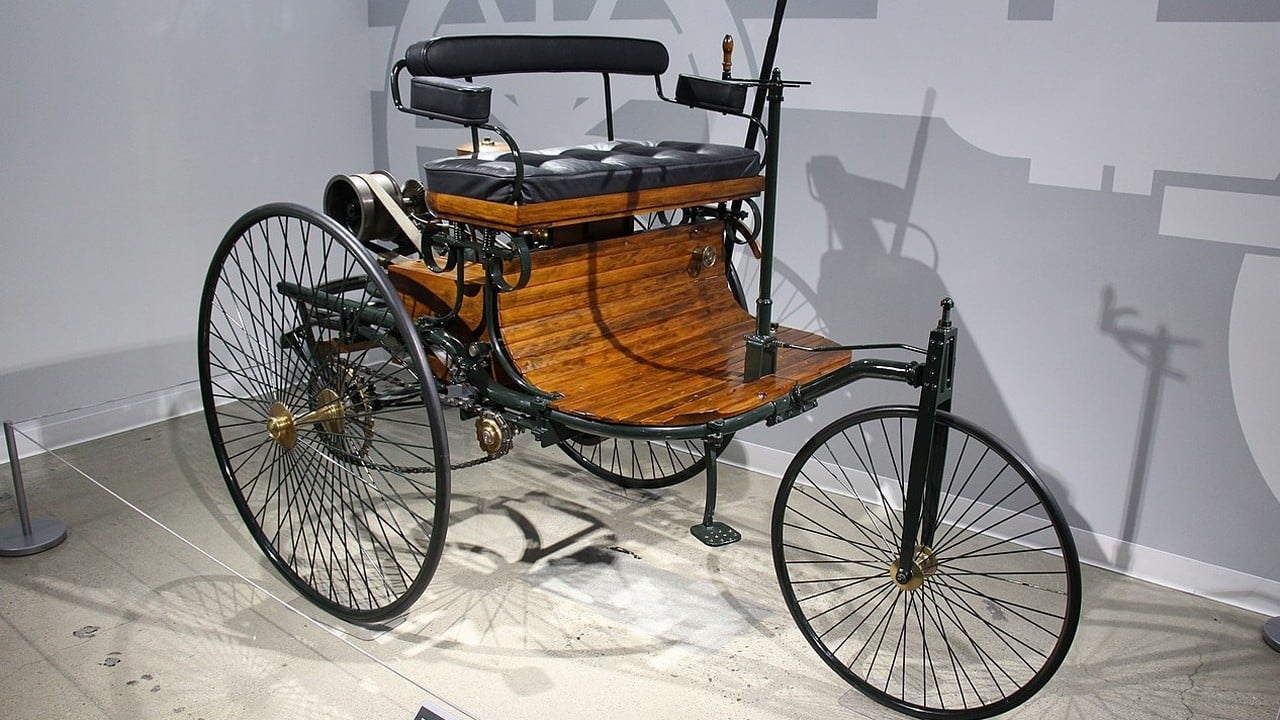
The Benz Patent Motorwagen doesn’t look much like a car, on appearances. But this was the genesis of the car as we know it. Don’t think the three-wheel layout was a hastily converted carriage; Karl Benz began with a clean-sheet design.
The innovative use of a steel tube chassis fitted with an internal combustion engine proved the age of cars had arrived. A single-cylinder gasoline engine and chain drive setup resulted in a top speed of 10 mph.
Lotus Elan
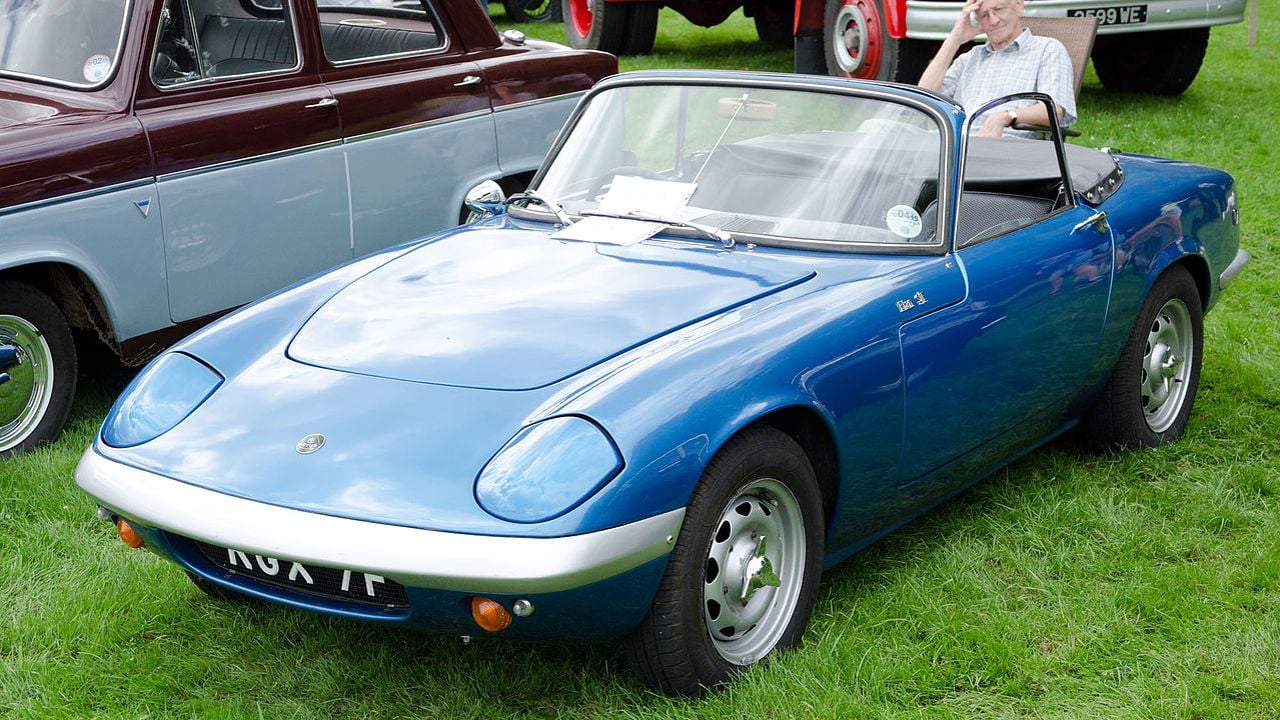
Lotus’ history is full of financial turmoil. Between those years of uncertainty, Colin Chapman’s creative genius delivered some great drivers cars. The Type 26, as it was known internally, combined low-weight with smaller engines to achieve a world-beating handling experience.
Constructed of fiberglass over a steel backbone chassis, the Elan boasted exceptional chassis control and ride. Lotus excelled at both qualities for decades, and the Elan became the benchmark for sports cars. In later years, Gordon Murray further praised the Elan’s steering as the trait he missed in the McLaren F1.
Subaru Impreza WRX
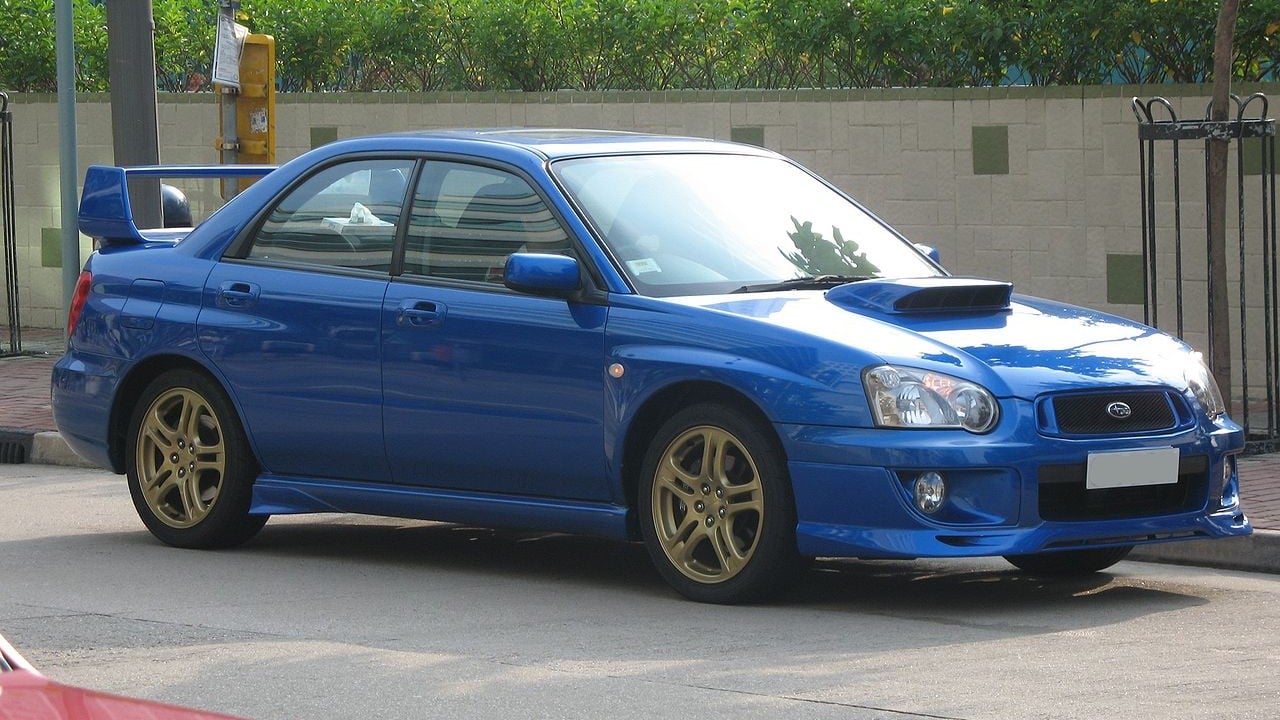
Explosive performance and a tenaciously grippy chassis transformed the Subaru into a giant killer. Visually, it is a humdrum sedan that has little on show to worry proper sportscars. It was that understated appearance that tempted gearheads. Admittedly, the addition of the WRX add-ons served as a warning to other road users.
At full throttle, the Subaru could reach 60 mph in around five seconds, faster than several Ferraris and Porsches. Subaru tweaked the chassis in the following decades, but its signature soundtrack remained a familiar turbocharged boxer engine thrum.
- SEO Powered Content & PR Distribution. Get Amplified Today.
- PlatoData.Network Vertical Generative Ai. Empower Yourself. Access Here.
- PlatoAiStream. Web3 Intelligence. Knowledge Amplified. Access Here.
- PlatoESG. Carbon, CleanTech, Energy, Environment, Solar, Waste Management. Access Here.
- PlatoHealth. Biotech and Clinical Trials Intelligence. Access Here.
- Source: https://teslatale.com/most-influential-cars/
